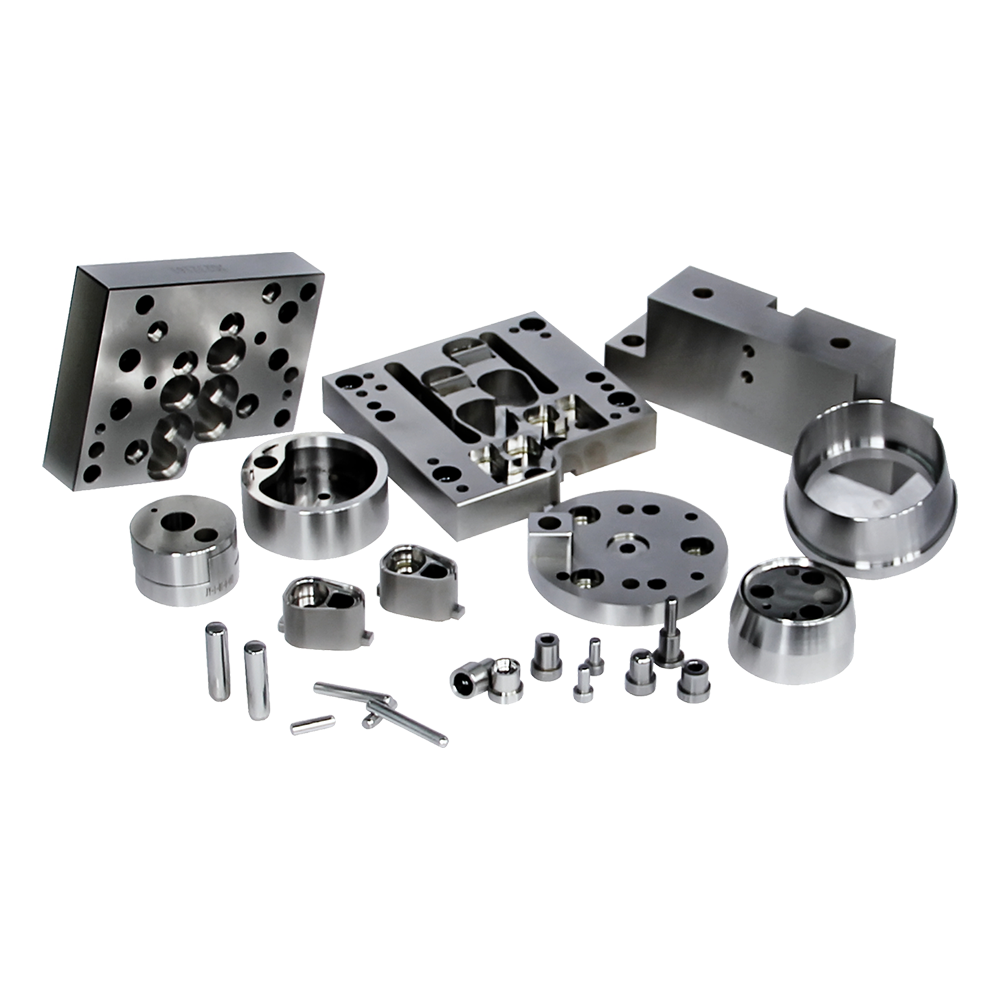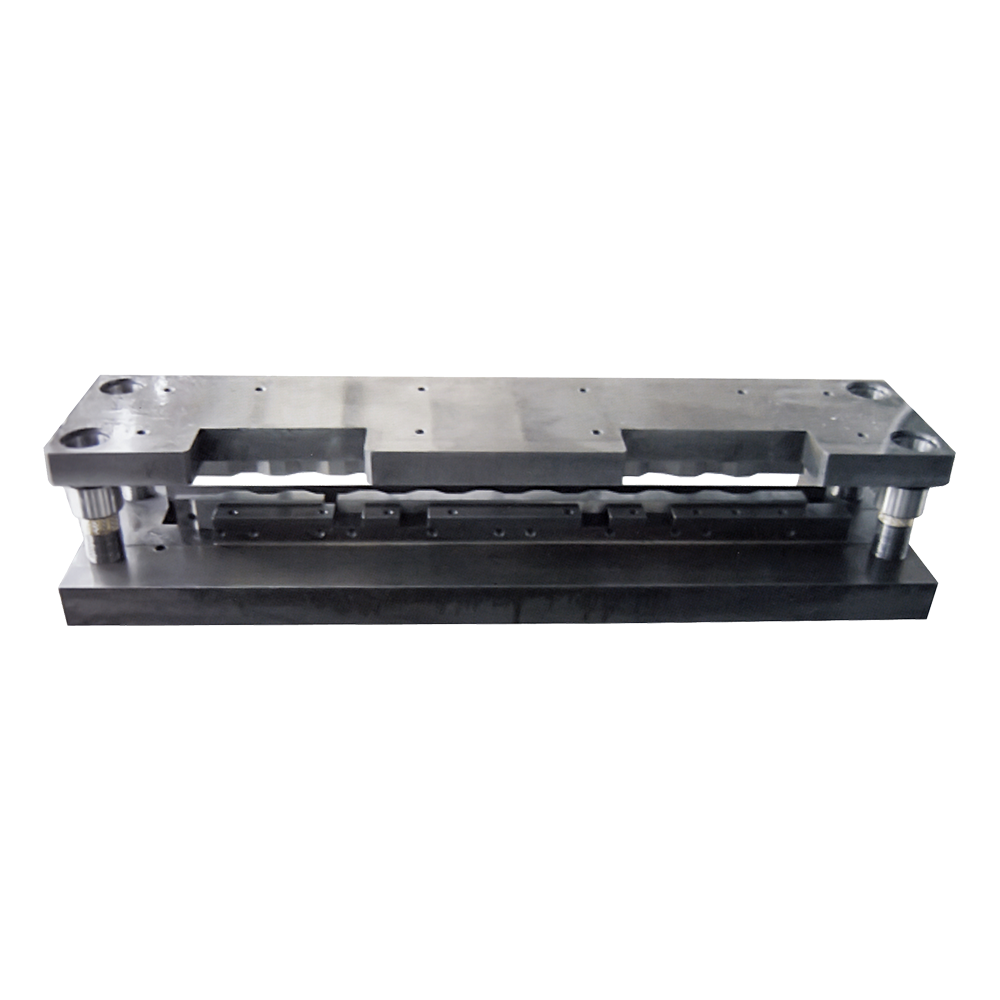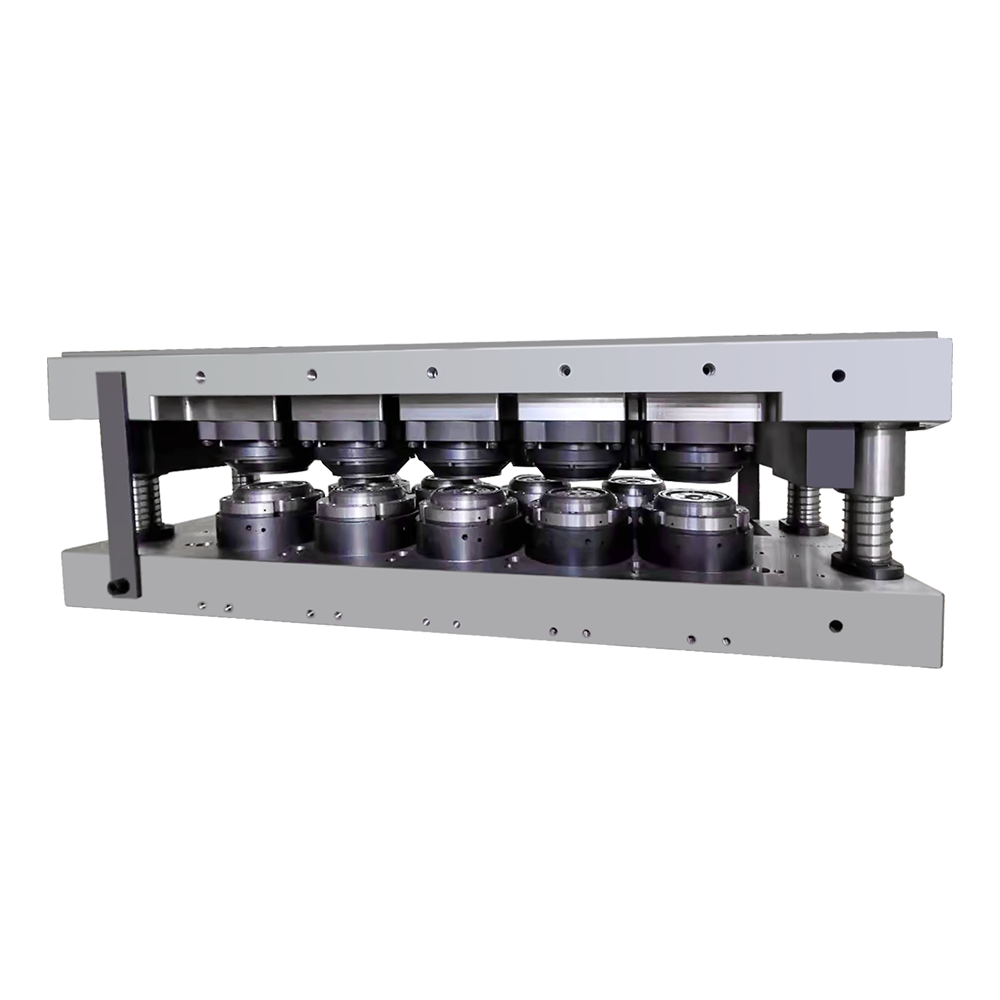Introduction to Automatic Feeding Machines
Automatic feeding machines are widely used in various industries to transport materials or products in a controlled manner. These machines are designed to feed raw materials, components, or finished products into production lines or assembly stations. Whether in agriculture, manufacturing, or food processing, these machines are critical for improving operational efficiency and reducing manual labor. However, the performance of automatic feeding machines can vary depending on several factors, and optimizing feeding efficiency is key to ensuring smooth operations. In this article, we will discuss methods and strategies for improving the feeding efficiency of automatic feeding machines, focusing on aspects like machine design, maintenance, material handling, and operational practices.
Understanding the Basics of Feeding Efficiency
Feeding efficiency refers to the machine's ability to deliver the required materials at the right time and in the proper quantity to the intended process or location. Factors such as speed, accuracy, material flow, and energy consumption play a vital role in determining feeding efficiency. When feeding efficiency is low, it can lead to delays, material wastage, and increased energy costs. Improving feeding efficiency, therefore, not only enhances productivity but also contributes to cost savings and improved operational performance.
Optimizing Machine Design for Better Performance
The design of an automatic feeding machine has a direct impact on its feeding efficiency. A well-designed machine can minimize material loss, reduce downtime, and increase the speed at which materials are fed. Some key design considerations for improving efficiency include:
- Material Handling Mechanism: The method of handling materials should be suited to the type of material being fed. For example, conveyor belts, vibratory feeders, and pneumatic systems all have different advantages depending on the material type. Selecting the appropriate feeding mechanism is essential for ensuring smooth material flow and minimizing blockages or jams.
- Speed Control Features: The ability to control the feeding speed based on the requirements of the production line is important. Automatic feeding machines equipped with variable speed drives can adjust the feed rate based on demand, which helps prevent overfeeding or underfeeding.
- Precision and Accuracy: Machines should be designed with precision components that ensure accurate placement of materials. This is particularly important in industries where the exact amount or size of the material being fed is critical to the final product's quality.
Enhancing Material Flow and Reducing Blockages
Blockages and material jams are common issues in automatic feeding systems that can significantly reduce efficiency. To improve feeding efficiency, it is crucial to enhance material flow and prevent blockages from occurring. Several strategies can be implemented to achieve this:
- Proper Sizing of Feed Chutes: The feed chute should be properly sized to accommodate the type and volume of material being fed. A chute that is too narrow or too wide can cause the material to pile up or flow unevenly, leading to disruptions in the feeding process.
- Vibration and Agitation: Adding vibration or agitation mechanisms to the feeder system can help break up material clumps and ensure a more consistent flow. Vibratory feeders, for instance, are often used in bulk material handling to keep materials moving smoothly and prevent clogging.
- Flow Aids: The use of flow aids such as air-assisted conveyors or air knives can help keep the materials moving in the right direction and prevent them from sticking to the machine's surfaces. These aids can be particularly helpful when handling powders, granular materials, or sticky substances.
Regular Maintenance and Calibration
Regular maintenance and calibration are critical to ensuring that automatic feeding machines continue to operate at peak efficiency. Over time, parts such as motors, belts, gears, and sensors can wear out or become misaligned, leading to reduced performance. Implementing a maintenance schedule and performing routine checks can help prevent breakdowns and ensure the machine is always operating at its best. Some key maintenance practices include:
- Lubrication of Moving Parts: Regular lubrication of moving components such as conveyor belts, motors, and gears ensures smooth operation and reduces friction. This prevents overheating and wear, which can lead to decreased efficiency and potential machine failure.
- Calibration of Sensors: Sensors that monitor material levels, speed, or weight need to be regularly calibrated to ensure accurate readings. Miscalibrated sensors can lead to incorrect feed rates, causing inefficiencies and material wastage.
- Inspection for Wear and Tear: Regular inspection of critical components such as feed hoppers, drives, and belts can help identify wear or damage before it leads to more serious issues. Replacing worn-out parts proactively can prevent system failures and maintain optimal performance.
Optimizing Energy Consumption
Another important aspect of feeding efficiency is energy consumption. Inefficient feeding machines may consume excessive amounts of energy, contributing to higher operational costs and a larger environmental footprint. Improving energy efficiency not only reduces costs but also supports sustainability initiatives. Some approaches to reduce energy consumption include:
- Energy-Efficient Motors: Replacing conventional motors with energy-efficient ones can significantly reduce energy usage. Modern electric motors are designed to consume less power while providing the same level of performance, leading to lower energy costs and improved machine efficiency.
- Variable Frequency Drives (VFDs): Using variable frequency drives allows for more precise control of the machine's speed, helping to optimize energy usage. By adjusting the speed based on the feeding requirements, VFDs prevent unnecessary energy consumption during idle or low-demand periods.
- Reducing Idle Time: Minimizing idle time by implementing smart sensors or automation systems that monitor production demand can help reduce energy waste. Machines should only be active when needed, preventing the continuous operation of motors when no materials are being fed.
Implementing Advanced Technologies for Enhanced Feeding Efficiency
Advances in technology have made it possible to enhance the performance of automatic feeding machines further. Integrating automation, data analytics, and machine learning into the feeding process can provide significant improvements in efficiency. Some of the most effective advanced technologies for feeding systems include:
- Automation and Control Systems: Implementing automated control systems allows for better coordination of material feeding and production processes. These systems can adjust feeding rates in real-time based on sensor data or production schedules, ensuring optimal efficiency at all times.
- Data Analytics: Using data analytics to monitor feeding performance and detect inefficiencies can provide valuable insights for continuous improvement. By collecting and analyzing data on material flow, feeding speed, and machine performance, operators can identify bottlenecks or areas for improvement.
- Machine Learning: Machine learning algorithms can be used to predict and optimize feeding patterns based on historical data and trends. Over time, these systems can learn from past performance and make adjustments to improve feeding efficiency automatically.
Employee Training and Best Practices
While machine design, maintenance, and technology play important roles in feeding efficiency, human factors should not be overlooked. Proper training and adherence to best practices are essential for ensuring that automatic feeding machines are used efficiently. Operators should be trained in the correct procedures for loading materials, adjusting machine settings, and troubleshooting common issues. Additionally, establishing standard operating procedures (SOPs) for feeding machine usage and maintenance can help ensure consistency and reduce errors.
Feeding Efficiency Performance Table
| Strategy |
Effect on Efficiency |
Benefit |
| Proper Material Handling Mechanism |
Improves material flow and reduces blockages |
Reduces downtime and increases machine uptime |
| Regular Maintenance and Calibration |
Prevents breakdowns and ensures accurate operation |
Increases lifespan and reduces repair costs |
| Energy-Efficient Motors and VFDs |
Reduces power consumption |
Decreases energy costs and supports sustainability |
| Advanced Automation and Control Systems |
Optimizes feeding rates and adjusts to production demand |
Improves overall efficiency and responsiveness |










